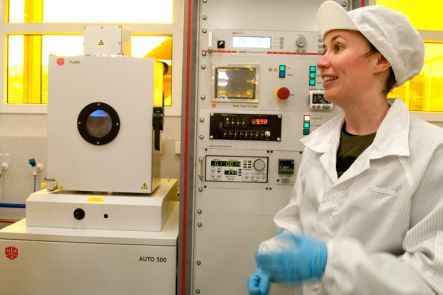Our Changing World for Thursday 26 July 2012
Health Benefits of Home Heating and Insulation

Philippa Howden-Chapman’s research showed clear links between New Zealand’s cold and inadequately insulated housing, health outcomes and energy use.
Our homes are where we spend most of our time, and hence, on a population basis, housing is an important factor in health outcomes. Philippa Howden-Chapman, a social scientist and deputy head of the department of public health at the University of Otago (in Wellington), leads two multidisciplinary research teams - He Kainga Oranga/Housing and Health Research Programme and the New Zealand Centre for Sustainable Cities - which are dedicated to reducing social and economic inequalities in health outcomes.
She has completed two community randomised trials, investigating the impact of cold, damp housing on people’s health. The first trial involved retrofitting insulation in 1350 houses, in which at least one person had symptoms of respiratory disease, in predominantly low-income communities. The second study looked at the health improvements that could be achieved through better heating. Both studies showed that retrofitting insulation and installing effective, non-polluting heaters in homes are cost-effective ways of improving the health of the occupants by reducing the number of GP visits and hospitalisations, days off school or work, and premature deaths, as well as making gains in energy efficiency and reducing carbon emissions.
The studies provided the impetus for the Warm Up New Zealand: Heat Smart programme, which offers subsidies towards the costs of insulation and clean heating for pre-2000 houses. An evaluation of this $320 million multi-year programme shows siginficant savings in hospitalisation costs and a $2 return for every dollar invested. In this interview, Philippa discusses the results of her research and gives advice on a range of heating options.
Nanosensors

Natalie Plank with the sputter coater she uses to deposit the ZnO seed layers for nanowire growth (image: Image Services, Victoria University)
Victoria University's Natalie Plank is creating electronic biosensors out of nanomaterials, with the aim of creating them cheaply so they can be deployed in the field, and sensitive enough that they only respond to one particular gas molecule or biological analyte.
The conducting channel of these biosensors is made up of inorganic nanowires or carbon nanotubes which form a type of electronic device called a field effect transistor, which acts as a simple switch. There are three electronic inputs into the device, and by controlling what goes into the device, the outputs can be accurately predicted. When the sensor is exposed to a gas molecule or a biological analyte the current through the nanowire channel is modulated. However, the nanosensors still need to be developed so they are selective, responding only to the presence of a specific virus or gas. Natalie Plank is also trying to find a way of building the devices on flexible materials instead of silicon, which is expensive and brittle.
Foods for Appetite Control
Plant & Food Research is leading a 6-year collaborative programme into ‘satiety’, to discover how naturally occurring phytochemicals and carbohydrates in plant foods can reduce appetite and keep people feeling fuller for longer. The programme is in its second year, and Alison Ballance heads to the Mount Albert Research Centre to find out about cell-based assays into bitter compounds and their effect on cells lining the small intestine with John Ingram and Edward Walker. Alison and John then head to the Human Nutrition Unit at the University of Auckland to meet Sally Poppitt, who is running a proof-of-concept clinical trial introducing carbohydrates directly into the ileum to see if that creates a feeling of fullness. Plant and Food Research’s Kim Lo explains how blood samples will be later analysed for hormone levels, and Alison meets one of three young men who have volunteered to take part in the week-long trial.
You can listen to a previous Our Changing World story on Plant and Food Research’s Lifestyle Foods for Energy Balance programme here.
Mystery Sound
The second sound in our opening theme is the Martin jetpack being fired up, prior to lift-off. You can listen to that story here.